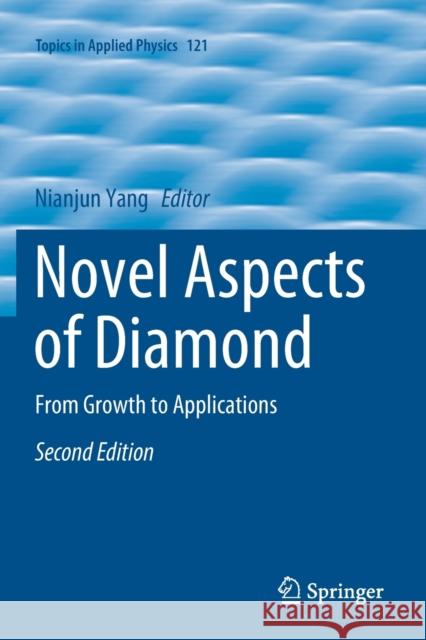Novel Aspects of Diamond: From Growth to Applications » książka
topmenu
Novel Aspects of Diamond: From Growth to Applications
ISBN-13: 9783030124717 / Angielski / Miękka / 2020 / 507 str.
Novel Aspects of Diamond: From Growth to Applications
ISBN-13: 9783030124717 / Angielski / Miękka / 2020 / 507 str.
cena 685,93
(netto: 653,27 VAT: 5%)
Najniższa cena z 30 dni: 655,41
(netto: 653,27 VAT: 5%)
Najniższa cena z 30 dni: 655,41
Termin realizacji zamówienia:
ok. 22 dni roboczych.
ok. 22 dni roboczych.
Darmowa dostawa!
Kategorie:
Kategorie BISAC:
Wydawca:
Springer
Seria wydawnicza:
Język:
Angielski
ISBN-13:
9783030124717
Rok wydania:
2020
Wydanie:
2019
Numer serii:
000024032
Ilość stron:
507
Waga:
0.74 kg
Wymiary:
23.39 x 15.6 x 2.74
Oprawa:
Miękka
Wolumenów:
01
Dodatkowe informacje:
Wydanie ilustrowane











